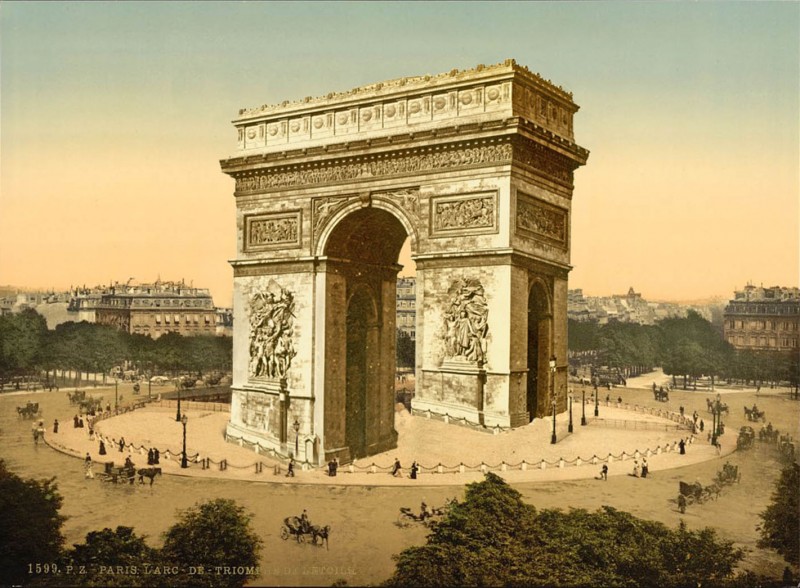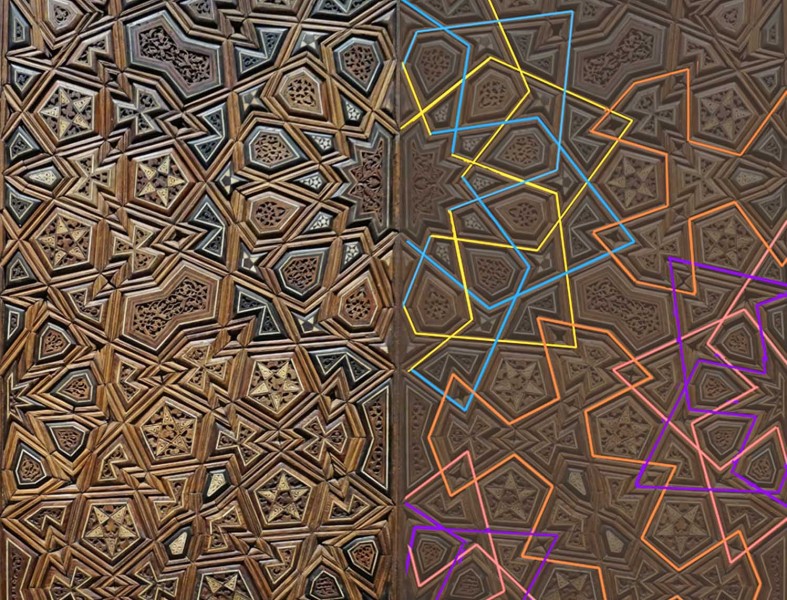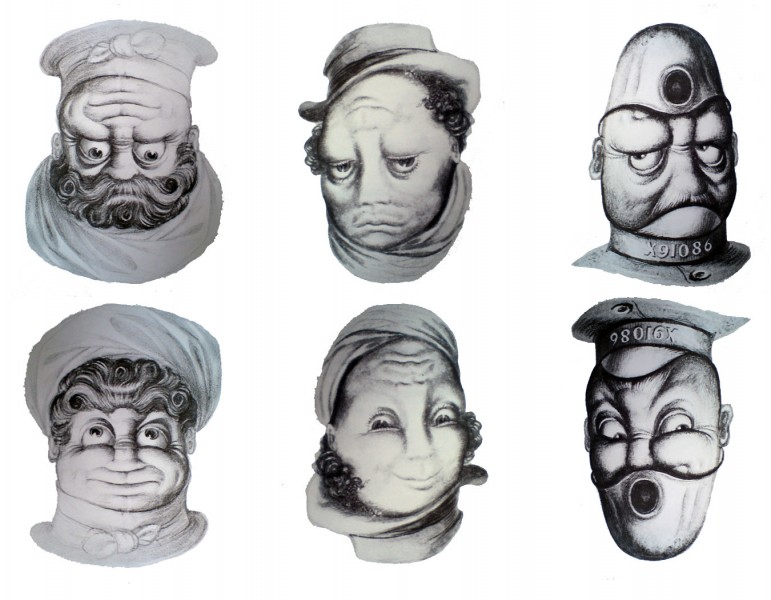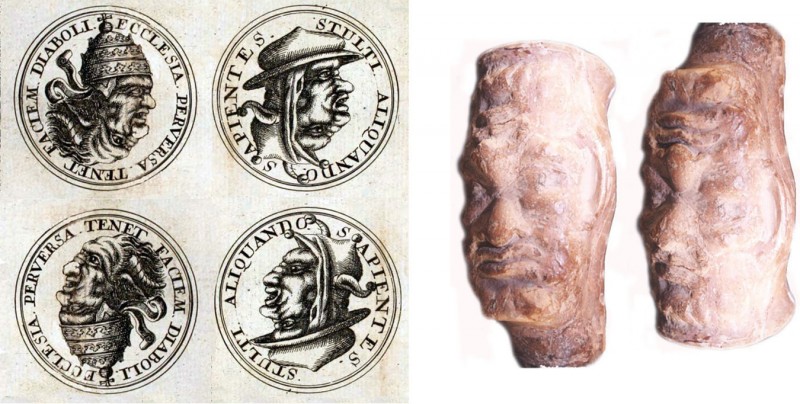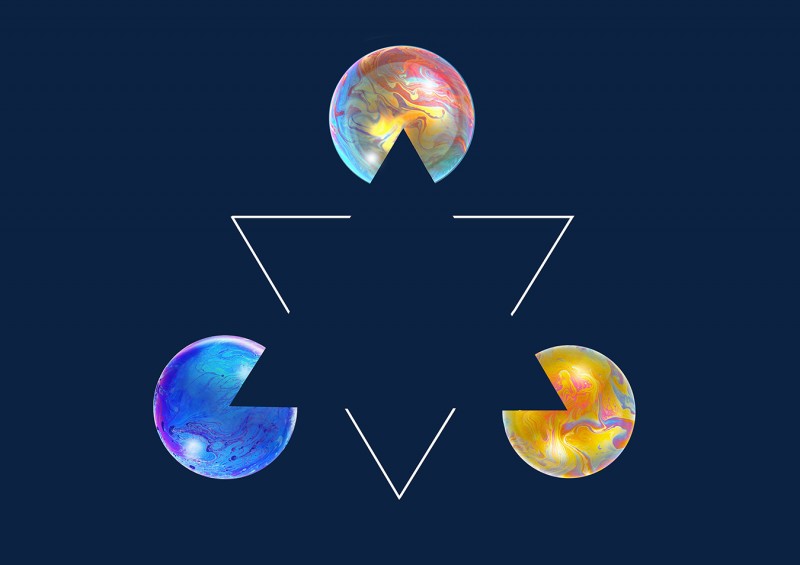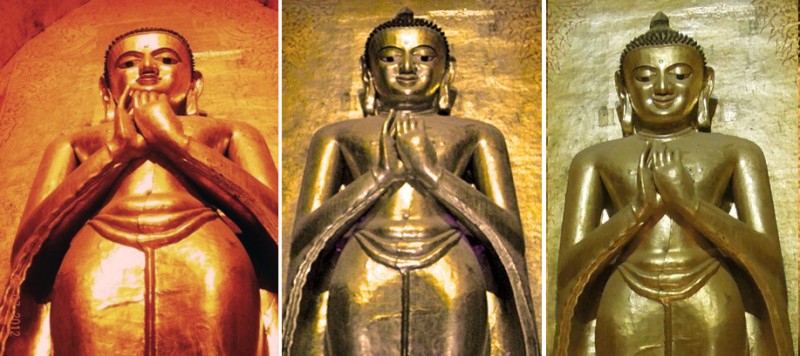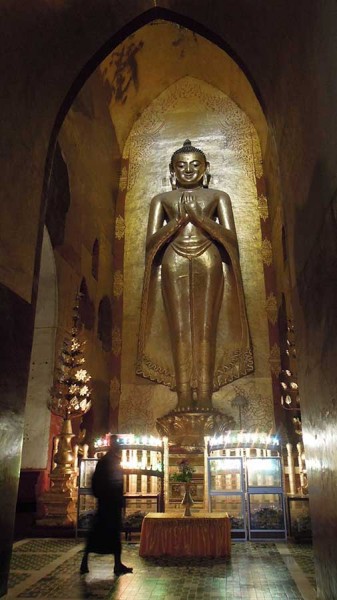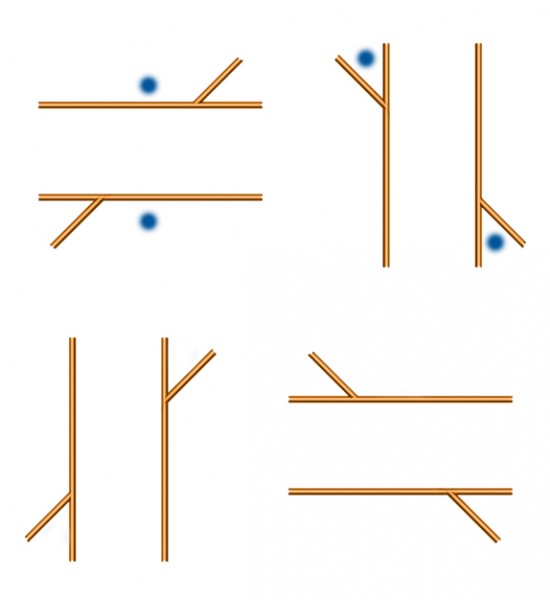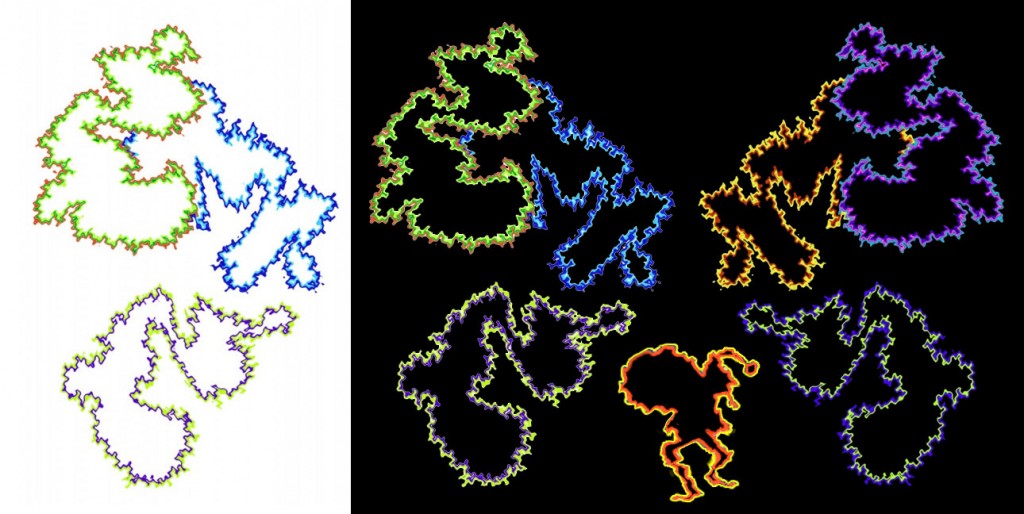In 1990 the psychologist and artist Roger Shepard published a cartoon version of this effect, captioned “I stand corrected”, in his book Mindsights (page 91). I wanted to try a photo processed version of it and here’s my second attempt. When I tried before, back in 2008, I somehow couldn’t get my mind round what Shepard had done, and produced an even more twisted version.
M.C.Escher’s lithograph Belvedere from 1958 is famous variant on the theme. Subsequent investigators have presented animated 3D versions of it that help explain the effect.
My new version is based on a late nineteenth century Photochrom postcard. They were made by a beautiful process that added colour lithographically to black and white photos. You can see the original in a collection of gorgeous period cards of views from all over the world in the USA Library of Congress.
